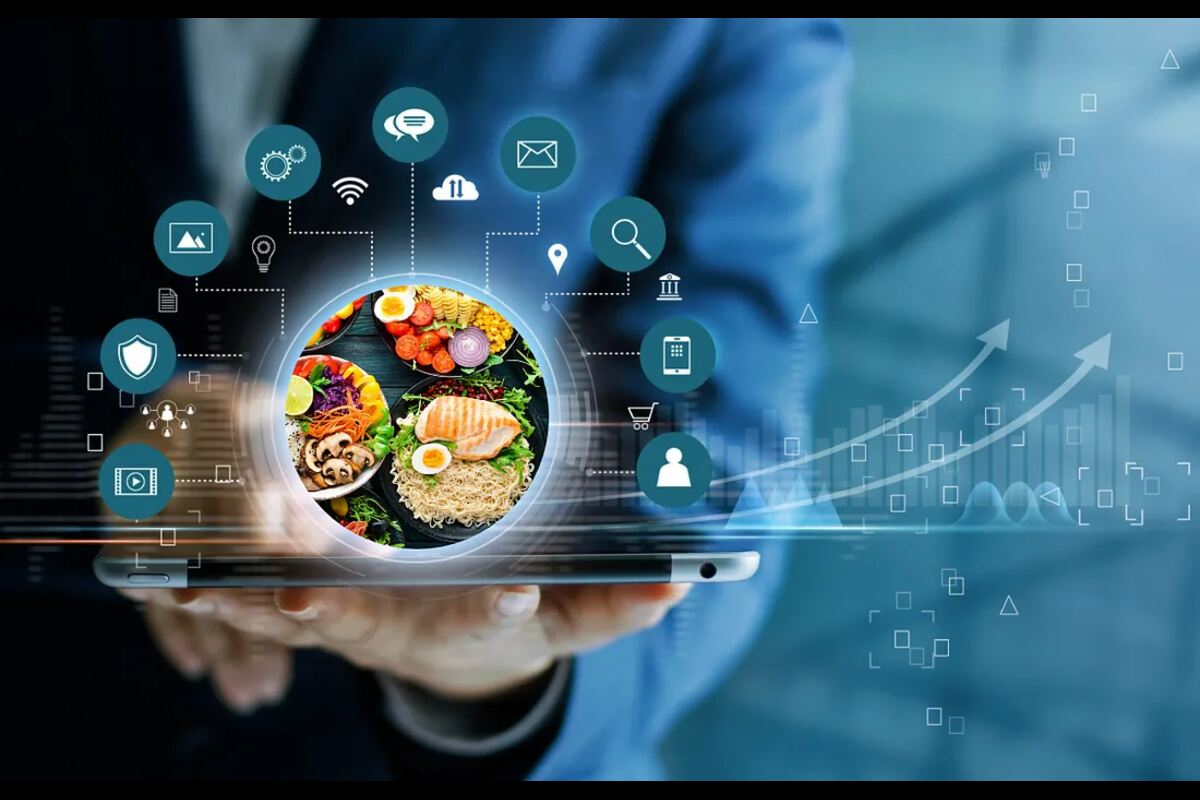Food innovations 2025 are making the industry’s advances seem like child’s play over the past 50 years. Beyond dictating what and how we eat, the trending food technology of this age could serve as a veritable predictor of our culinary future. Some of the trending food science innovations retain what we eat. However, a handful of these future food tech enhances food’s function and format, and in some cases, makes its preparation and delivery sustainable through technology.
Multiple outlying factors are influencing the trajectory of food innovations 2025. Food manufacturers, hospitality businesses and their patrons are paying more attention to their health, sustainability and tech enhancement of food now than ever before. These factors are shaping the food types being produced and the brands consumers spontaneously opt for.
The future food trends of 2025 are not limited to the innovations in this six-piece list. Nonetheless, these six food science innovations are the food industry’s wave-makers in 2025.
1. AI in the Kitchen and Beyond
Artificial intelligence and the Internet of Things (IoT) are some technologies revolutionizing our perception of human nutrition. Refrigerators, toasters, microwave ovens, espresso machines, and the list keeps getting longer, have the latest models sporting sophistications that make them internet-enabled.
Similarly, each household member can now afford to keep to a tailored diet plan. AI-powered recipes and personalized meal plans can be automatically generated by AI agents integrated into apps designed as smart food solutions. Such sophisticated algorithms and AI agents are revolutionizing how we order food.
According to food innovation forecasts by Mintel, food manufacturers will be adopting humanized technology. The humanization of technology will come in the guise of AI to make food products more acceptable to consumers.
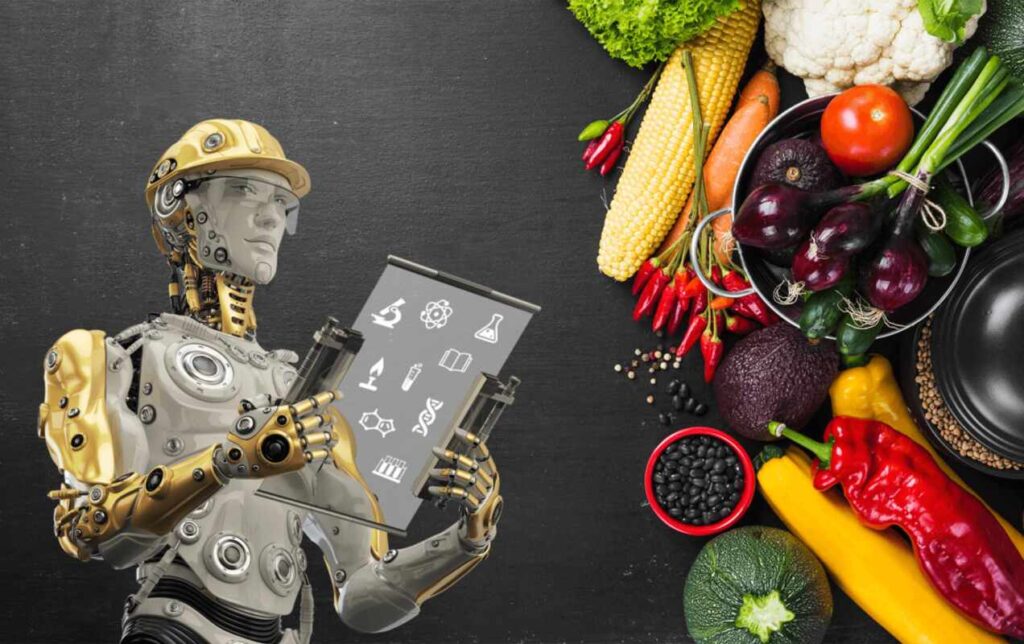
Interestingly, the influence of future food tech does not stop with manufactured or home-spun meals. Chatbots can help you get the best out of your order when dining out or ordering food online. Even hospitality companies that have caught on with the food innovations 2025 trend are deploying friendly robots for flawless customer service.
Also, farms are not immune to the food science innovation bug. Data analytics makes it possible to suggest appropriate farm inputs and predict yields with unmatched accuracy.
ALSO READ: Lab-Grown Meat: Will We Be Eating It in the Next 10 Years?
2. Lab-Grown & Cultivated Proteins Go Mainstream
Lab-grown meat has been touted as the food of the future. Interestingly, the geeky product is one of the food innovations 2025 that achieved commercial success. Lab-grown steak, 3D-printed chicken breast and salmon-like tissues are already available in some countries. Of course, these countries have already taken these food items through local regulatory vetting before giving the green light for commercial use.
However, the bioreactors and other technologies that make cultivated proteins available are still very sophisticated. Consequently, the high cost relative to the real deal makes the cultured tissues quite expensive. However, industry watchers predict that the widespread adoption of biotech in food will make lab-grown meat cheaper over time.
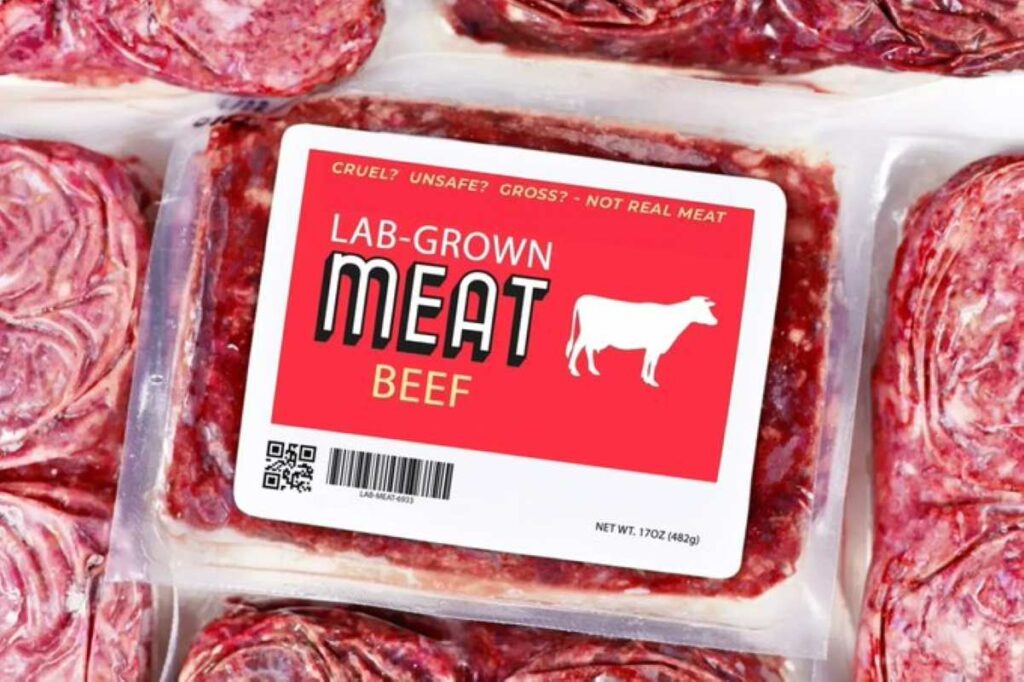
While countries like Singapore have approved lab-grown meat for commercial use, the FDA is still vetting its safety. Although cultured proteins are chewy, food researchers are still working extensively to make the 3-D printed products have exactly the same flavor as the real deal.
3. Functional Foods and Mood-Based Nutrition
Functional foods are food products that deviate slightly from the norm by incorporating some special ingredient. The secret ingredient could be another food product or component that confers a specific health benefit.
It is no longer news that the availability of nutrition-centered information on the internet has made people more conscious about what they eat. Consequently, functional foods that target brain and gut health and alleviate stress are common in personalized nutrition trends.
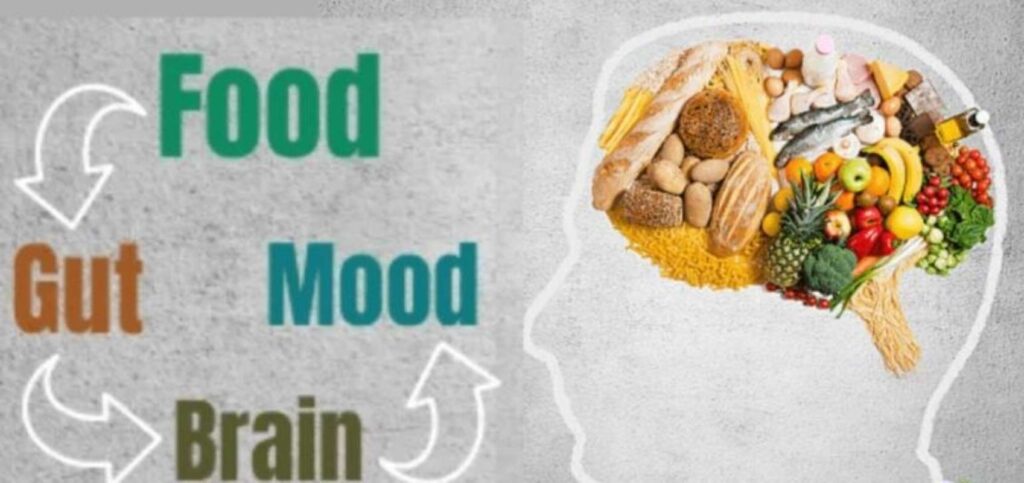
Multiple studies have discovered that some pro-gut health functional foods (probiotics) cause healthy gut microorganisms (prebiotics) to thrive. Similarly, experts have touted the gut as our second brain. So, the health of our gut has been linked to our mood, giving birth to mood-based nutrition.
Consequently, functional utilization of adaptogens like ginger, ginseng and nootropics (cognition-enhancing foods) sits comfortably on the list of food innovations 2025.
4. Sustainable Packaging & Upcycled Ingredients
The food industry has been fingered as one of the leading contributors to the global menace of plastic waste. Industry stakeholders are starting to lean more towards sustainable food innovations. Some food companies are opting for biodegradable or edible packaging solutions. For example, water is packaged in edible, tasteless biofilms that melt in the mouth. Similarly, one of Whole Foods’ top food trends for 2025 is home-compostable packaging.
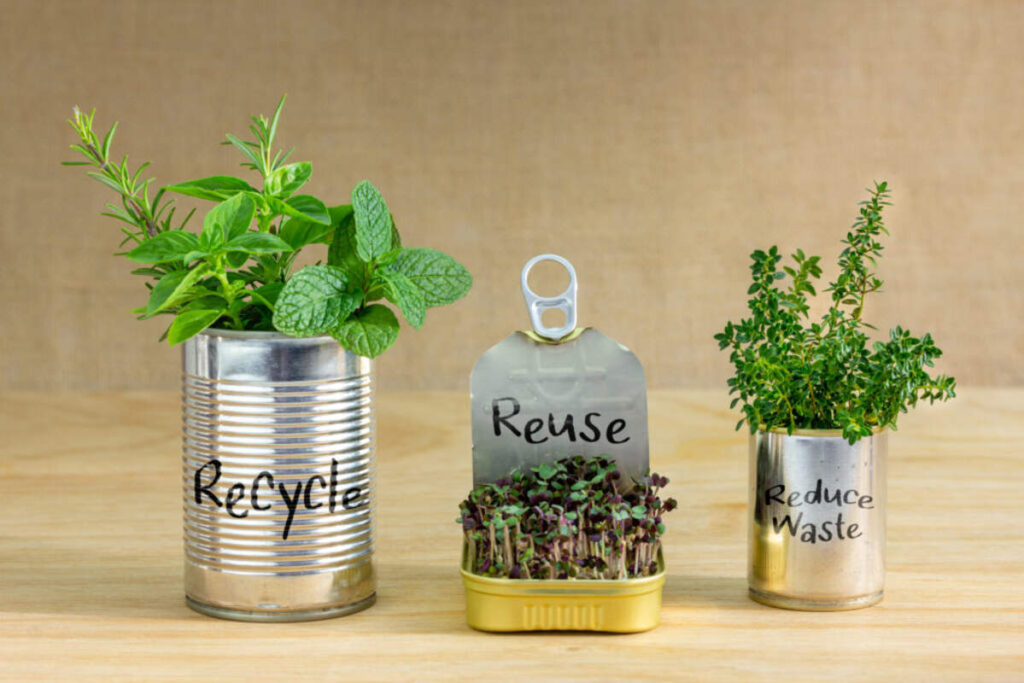
Likewise, sustainable eating 2025 comes in the guise of restaurants and home chefs going back to their roots. Some of these food outlets are experimenting with packing takeouts in biodegradable materials like banana or palm leaves.
Also, byproducts of food manufacturing processes like spent grains, pulps, coffee fruit, and corn cobs are being upcycled and repurposed as new ingredients.
5. Hyper-Personalized Nutrition via Wearables & Apps
During President Donald Trump’s unveiling of the $500 billion Stargate project, Larry Ellison suggested the project could lead to the development of customized cancer vaccines. On the other hand, the food industry is already blazing trails with hyper-personalized nutrition trends. For example, wearable devices and apps on smart devices can now offer real-time feedback that guides our food choices.
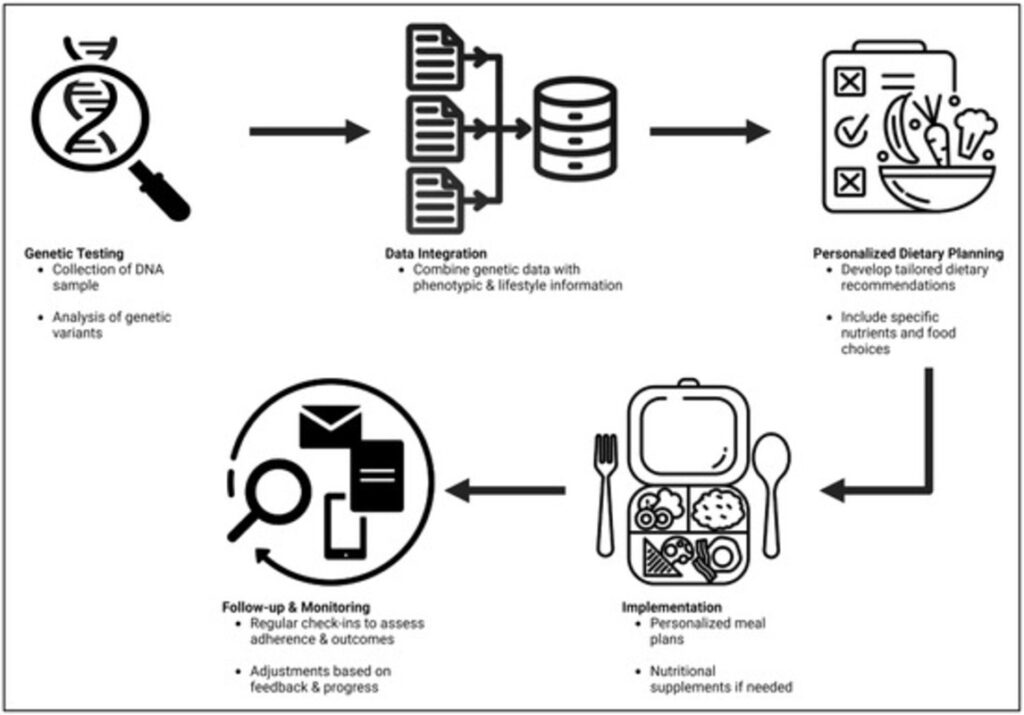
These food innovations 2025 take personalized nutrition trends a notch higher. Beyond the realm of imagination, some wearables and apps can offer DNA-based meal recommendations to mitigate medical conditions. The trends of sustainable eating 2025 are taking meal preparation and nutraceutical production out of their conventional boxes.
ALSO READ: How AI Is Changing the Way We Order Food
6. The Return of Traditional Foods—Reimagined
The ballooning of the human population in urban areas has made a fast-paced lifestyle the norm in several quarters. Meals on the go, fast-food diets have washed away the culinary traditions of some families, passed down over several generations.
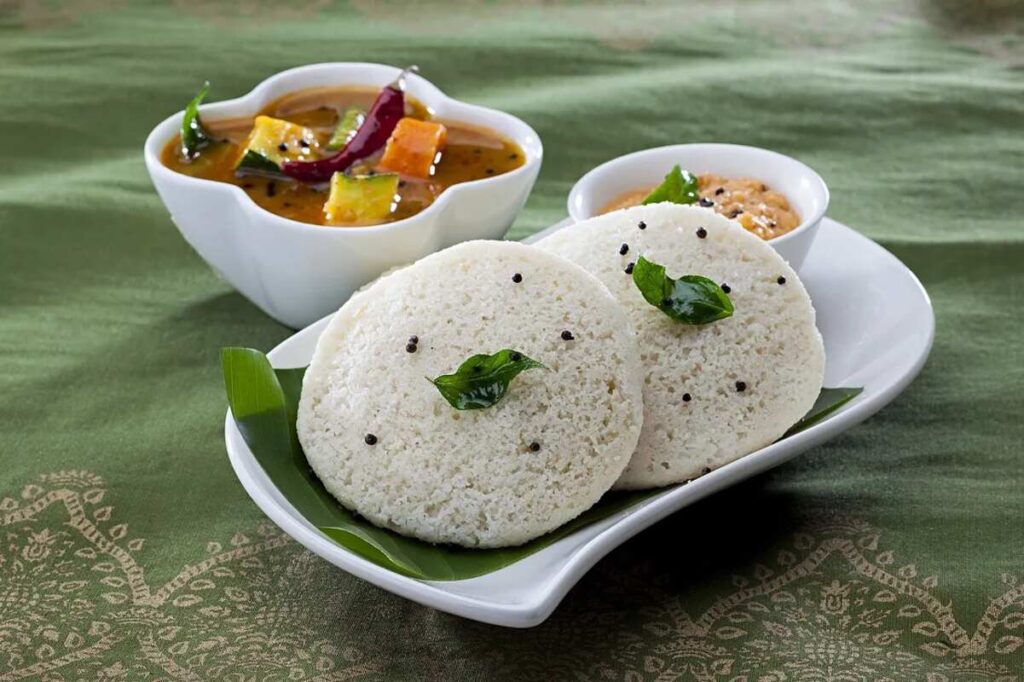
However, with the proliferation of nutritional awareness, more people are reconnecting with traditional foods. Recent studies are starting to popularized traditional foods like products of fermentation, heirloom veggies and ancient grains. However, many of these traditional foods are remodelled through food innovations 2025 like sustainable or edible packaging solutions, replicating some of the processes through biotech in food.
Farmers are not left out of these innovative trends, as is playing out in regenerative farming partnerships. In the wake of ecological stresses caused by commercial-scale agriculture, more farmers are adopting regenerative farming techniques. These techniques improve the soil, reduce greenhouse gas emissions and positively affect other environmental factors.
Final Thoughts
Food innovations 2025 are pivotal in the trajectory of culinary history because they involve the fusion of many progressive indices. There’s the reinvention of tradition, incorporation of food technological innovations, sustainability practices and health. Many may assume the wind of innovations sweeping through the global food industry is limited to startups, which are often the visible game-changers.
However, consumers, home chefs, professional cooks and even street food connoisseurs also have significant roles in attaining top-notch sustainability in the food industry. Have you tried out any of these food innovations? What are your thoughts about them? Will you be adventurous enough to give an unfamiliar one a shot? Openness to food innovations will yield great benefits for the human race.







